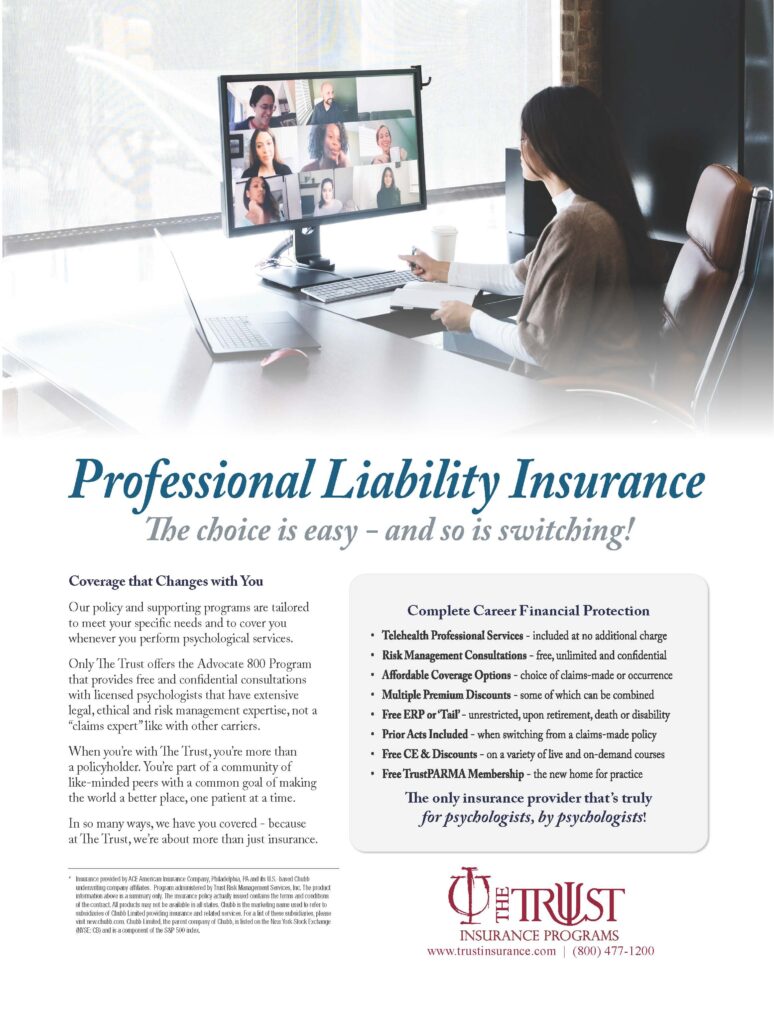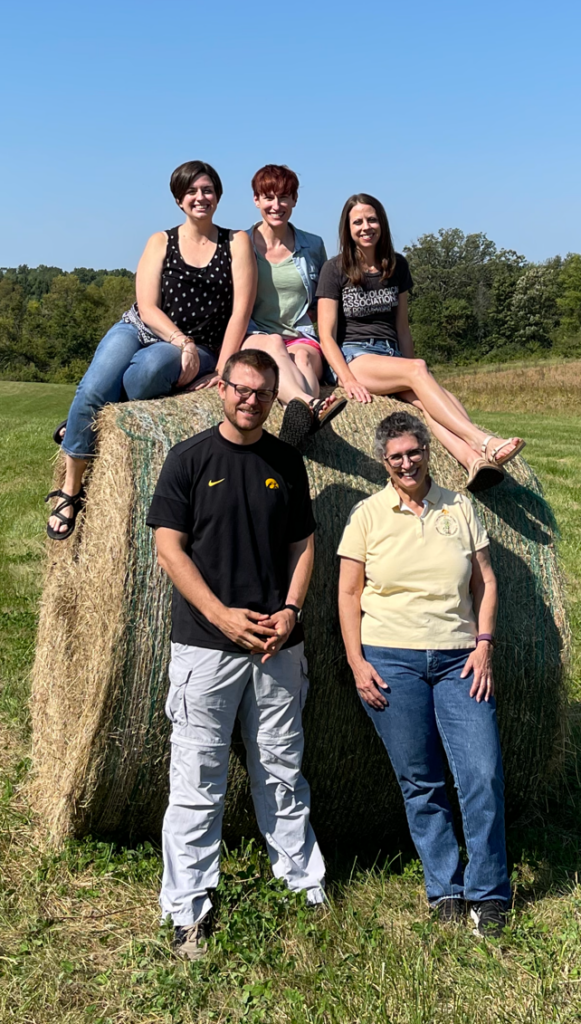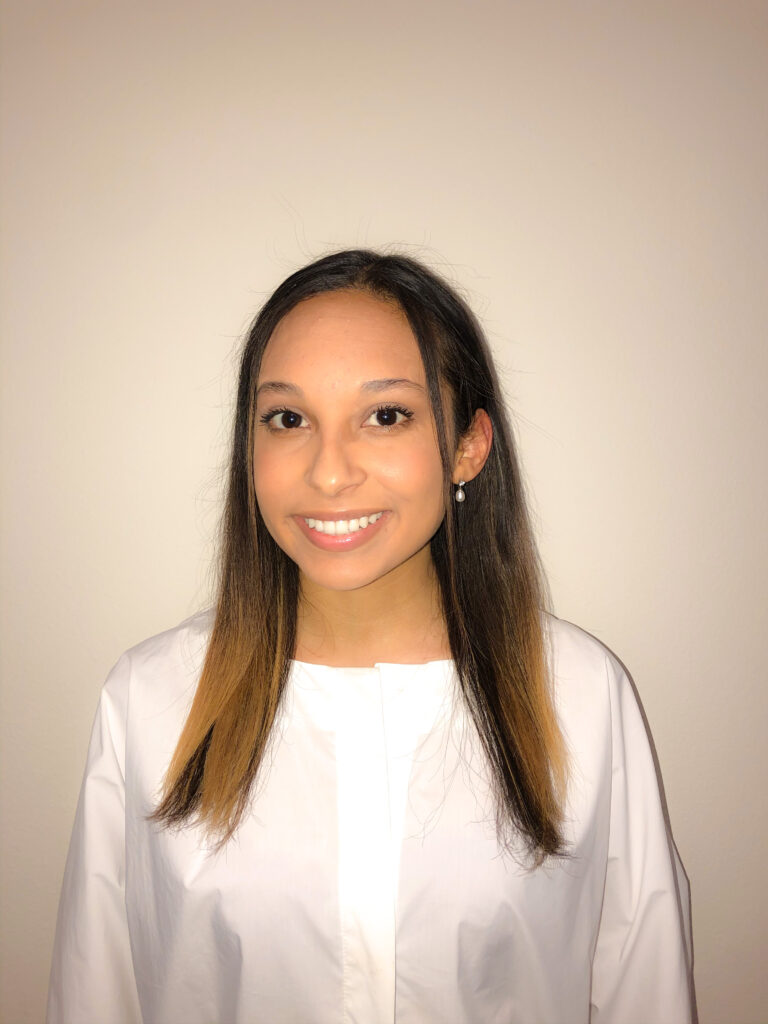
Yoga For First Responders (YFFR) and Yoga Shield (YS) is programming developed via consultations with fire departments and police departments over the last 6 years by yoga instructor Olivia Mead and her staff at YFFR. It consists of tactical breathing drills and applications, physical drills, integrated cognitive declarations, as well as neuro-reset (mindfulness) exercises, all designed to process stress, build resiliency, and enhance performance related to the culture and job demands of first responders, law enforcement, and military types of work. YFFR has developed curriculum to train “in house” instructors over 6-day initial YFFR and YS approaches and then have internal training of curriculum at a specific police or fire departments, academy and now also military units with a “train the trainers” approach. I am grateful to have signed up for a recent training class and completed the Level 1 and Level 2 training program though Iowa Army Guard and Air Guard initiative in early summer 2021.
I’m grateful for the opportunity to share my impressions and experiences from this training. I’m including references from some recommended reading by YFFR in addition to a few books I professionally find valuable. Please feel free to contact me with impressions, thoughts, or interest.
YFFR and YS have great potential to serve as a force for integrated mind-body resiliency and promoting psychological health within communities of law enforcement, fire and first responder, and military (LE/FFR/Mil). I say “potential” because, in the end, YFFR as a program needs application of the strong science base in mental and physiological health for its true effectiveness to be experienced and realized. YFFR incorporates fundamental biopsychosocial research-based concepts and findings into structured programming for members of LE/FFR/Mil to have 1) realistic and empowered views towards stress inherent in their work, 2) recognition of the where, how and why high stress and trauma experiences can have accumulation interference, and impairments, and 3) a guide toward proactive strategies and practices to mitigate, counter and even excel in the midst of these job/life stressors, trauma level events.
Research findings have grown in the areas of stress impact on biological, psychological, and social functioning and about personal stress mindset and its impact on health and performance (McGonigal, 2016). There are various individual mindsets and views on stress, including some potentially harmful to LE/FFR/Mil careers (e.g., “nothing you can do, stress is just part of it,” “stress does not effect to me, I won’t let it,” “stress breaks everybody down,” “stress will be over when I retire”). These more negative and demoralized mindsets on stress and work tasks encased in stress can creep in and may impact people in a variety of negative ways.
Specific types of mindset perspectives on stress situations are quite powerful and fortunately McGonigal (2016) and others provide research that has shown stress mindsets are open to influence and change toward more effective functioning via interventions. YFFR works to harness this area of effective mindsets (e.g., growth over fixed, challenge over threat) through base education about stress and mindset. YFFR then encourages active practice of Cognitive Declarations (e.g., I release what does not serve me, I am safe, I am stable and strong) that are imbedded into ongoing physical stress training (physical drills) and tailored to be job specific and relevant (e.g., difficult shooting positions, stance awareness). Furthermore, both mindset and cognitive declarations are integrated with a base of physiological regulation work with tactical breathing[KK2] to further advance training to effectively regulate and return to regulated states. These skills are paramount to how the stress or possible trauma level experiences will be encoded in our memory system (Levine, 2010; Van Der Kolk, 2015) and YFFR has strong integration of these important body-mind connections.
It is easy to recognize the utility of YFFR in specifically targeting LE/FFR/Mil job performance. This intervention may be tailored to individual or unit-specific needs. Overall, McGonigal (2016) summarizes many mindset and stress studies for an individual’s approach to educational tests, job interviews, public speaking, etc., by stating that “the effect of stress on you that you expect, is the effect that you get.” It’s amazing to think that it could really come down to that! Clearly, mindset is important to actively and repeatedly “train in” the preferred and resilient mindset because it has also been well-established that accumulation of stress events, trauma events with lives threatened, injury, loss, and tragedy will over time get paired with some beliefs of excessive self-doubt, negativity, distrust, and sense of threat/overwhelm (Levine, 2016; Van der Kolk, 2015) . Research has shown that sometimes single (and short) mindset interventions (hearing a mindset of capability or benefit from stress) can have lasting impact (McGonical, 2016). YFFR recognizes the cultural and job specific demands of FR/LE/Mil are much greater than most of these study populations. Therefore, YFFR compensates by building in drills with cognitive declarations and regulation work that can improve performance of key fundamentals stance/movement/presence that these professionals need. YFFR/YS can be scaled with measured challenges to grow and enhance overall and job-related performance. This is a necessity given the high likelihood for daily and high-volume stressful events and also because years of ongoing and high stress necessitates effective methods to counter the potential for accumulation of stress or different levels of trauma.
YFFR integrates important aspects of trauma-level stress research that has gradually established a range of neurological and physiological functioning impact areas and changes that occur during a spectrum of trauma stress experiences. While specifics are covered in collected research works (Levine 2020; Van der Kolk, 2015), body systems-related perception, beliefs, reactivity, thinking and emotional patterns are impacted and changed (to harken Daniel Siegel’s oft-quoted “neurons that fire together, wire together”). The impact of trauma on overall human functioning varies depending on different individual and situational factors. However, the basic potential negative ramifications are intense and persistent, and impairing symptoms and patterns often do not get processed sufficiently. This lasting effect of unprocessed trauma can lead to chronic dysregulations on and off duty with many interfering excess activations and “stuck points.”
Over the course of their careers, LE/FFR/Mil have high potential for direct experiences and exposures to numerous “small t” trauma, and “big T” Trauma events. While large T trauma (e.g., deadly force situations, assault with serious injury) is more intense and acute, there are also impacts from small t trauma (e.g., verbal abuse, witnessing injuries or tragedies). It is common for “small t” traumas to be repeated for many, it may be more observing/witnessing others in trauma situations. Additional effects of small t and big T traumas include depression, anxiety, substance abuse, possible acute stress or posttraumatic stress disorders and other mental health issues. The take-away theme is that we are all potentially vulnerable to negative impact, and also, we can be prepared as science understands the body-mind processes affected. YFFR is built to effectively address the trauma/Trauma accumulation and impact of what is colloquially called “issues in the tissues.” Tactical breathing, physical drills, neuro-reset, and cognitive declarations facilitate ways to reshape how we work with our mind-body states in stress activation, better access to flow cycles, optimal functioning (researched and described by Csikszentmihalyi, 2008, to include cycle phases of struggle, release, “zone” functioning, recovery), we can prepare to meet challenges with resilience.
Lastly, YFFR is structured to engage and build in proactive strategies and practices to mitigate, counter and even excel when stress and trauma events occur and to help handle them effectively. The ability to process the t or T trauma experiences and more general work-related stress as it arises is critical to mitigate the impact of trauma activations (Levine, 2015). In addition, having individual and group resiliency-building incorporated is important for sense of belonging and overcoming disconnections (Hoge, 2010; Van der Kolk, 2015). While YFFR is not psychotherapy, it can be very therapeutic because it addresses somatic and sensory levels of functioning that can be missed by traditional verbal processing of intense trauma/stress experiences (Levine, 2010; Shapiro, 2017).
While YFFR is clearly not a form of After Action Review (AAR) or critical incident debriefing, it is a good companion to these processes as it supports mind-body regulation needed for effective communications, and establishes a culture of professional support, processing, and morale. YFFR/YS skills and developed resources create a good foundation for indicated additional and individualized trauma therapies. Most trauma-informed care approaches and treatments incorporate a focus on establishment or enhancement of a sense of mental and physiological safety and security (Shapiro, 2017). This sense of safety is best covered at all levels, meaning safety with one’s own physical/emotional states and functioning, mindsets/perspectives, and behaviorally with environments and social situations. YFFR has components to enhance performance and find “flow state” that sets a good base for countering occupational stressors (Csikszentmihalyi, 2008). YFFR inclusion of these key tools for resiliency create a wonderful bridging of prevention, maintenance, prepared shift to therapy if needed and benefit from therapy. YFFR can hopefully deliver proactive prevention, rather than trends of waiting until things get to a difficult or entrenched status.
YFFR has empirically-supported, integrated behavioral health and wellness components to support quality outreach and consistent practice. This intervention serves as a proactive behavioral health and wellness base. With this psychological health integration, there is strong promise for proactive decreasing of behavioral health problems, specifically in the common forms of reducing emotional, cognitive, and behavioral symptom accumulation, stopping or reducing escalating intensity and duration, decreasing interferences and impairments, and hopefully lowering the progression of symptoms to clinical significance. YFFR emphasizes evolving and improving, thereby decreasing the likelihood of chronic stress/trauma leading to struggling or depleting careers, disconnection with career/occupation, or early health-related ending to careers.
Overall, YFFR is a vehicle for the mind-body resiliency through yoga-based practices with structured practices toward optimal mind-body functioning and psychophysiological mastery development (traditional Hatha Yoga purposes). I believe YFFR/YS can be a great psychological health companion and complement to pursuits of excellence, team building, de-escalation training, wellness and fitness, field and tactical training, cohesion and morale building in essentially all LE/FFR/Mil communities.
References:
Csikszentmihalyi, M. (1990). Flow: The psychology of optimal experience. New York: Harper & Row.
Hoge, C. W. (2010). Once a warrior, always a warrior: navigating the transition from combat to home–including combat stress, PTSD, and mTBI. Guilford, Conn.: GPP Life.
Levine, P.A. (2010). In an unspoken voice: How the body releases trauma and restores goodness. New York: Random House.
McGonigal, K. (2015). The upside of stress: Why stress is good for you, and how to get good at it. New York: Random House.
Shapiro, F. (2017). Eye movement desensitization and reprocessing (EMDR) therapy: Basic principles, protocols, and procedures (3rd ed). New York: Guilford Press.
Siegel, D. J. (2012). The developing mind: how relationships and the brain interact to shape who we are. New York: Guilford Press.
Van der Kolk, B. A. (2015). The body keeps the score: Brain, mind, and body in the healing of trauma. New York, New York: Penguin Books.
Additional information about Yoga for First Responders can be found on Facebook and Instagram @yogaforfirstresponders, on YouTube (Yoga for First Responders), and on Twitter (@yoga4firstresp).
Dr. Thomas Ottavi is a full time psychologist at Medical Associates Psychiatry and Psychology in Dubuque, Iowa. He has served as a behavioral health officer with the Iowa Army National Guard since May 2010 to the present. The views and opinions expressed in this article represent his own experiences as a psychologist and a participant and are not to be viewed as a representation of the IA Army National Guard as a whole. He completed the YS/YFFR Instructor Level 1 and 2 training as part of the Iowa Army National Guard initiative. He can instruct and train under contract with YS/YFFR with contacted first responder or law enforcement agencies. He does not have ownership or other financial ties to YFFR/YS and he does not receive other compensation or financial gain from the organization.




 Dear IPA Members,
Dear IPA Members,















